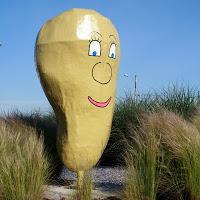 When arriving in the suburban town of Eysines from Le Taillan-Médoc, we are greeted by a strange sight in the middle of a roundabout: a giant smiling potato that appears to have jumped straight out of a picture drawn by a child.
When arriving in the suburban town of Eysines from Le Taillan-Médoc, we are greeted by a strange sight in the middle of a roundabout: a giant smiling potato that appears to have jumped straight out of a picture drawn by a child. And that is more or less exactly what happened: the giant potato and the design of the roundabout are the work of local schoolchildren (members of the junior town council)… and celebrates the special relationship the town of Eysines has with its potatoes.
It is all thanks to the “Vallée des Jalles” which runs through the town. “Jalles”, which make regular appearances on Invisible Bordeaux, are a large network of streams and rivers that flow eastwards towards the Garonne and the Gironde Estuary.
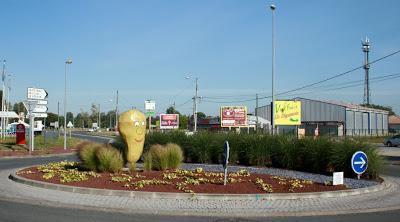
For many years here in Eysines, watermills made good use of the water power generated by the Jalle d'Eysines to produce flour which was then sold on to customers in Bordeaux. Today’s most visible remnant is the magnificent Moulin Blanc, which now operates as "Bistrot de la Jalle" a scenic reception venue and restaurant.
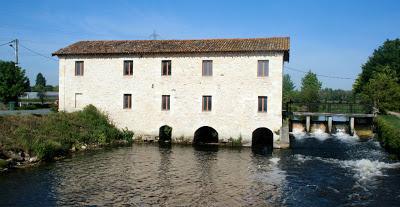
In the surrounding wetlands, the rich soil was used to produce vegetables, so much so that the area became known as “le potager de Bordeaux” (the vegetable garden of Bordeaux). The output centred around a local variety of potato – la pomme de terre d’Eysines – and production peaked towards the end of the 19th century, partly because further plots previously used for cultivating vines were also converted into potato patches after a number of outbreaks of the vine-killing pest phylloxera. Other local delicacies included (and still include) the “giraumon brodé galeux d’Eysines”, a pumpkin-like vegetable with particularly thick and rough skin (best enjoyed as soup). It is thought that around 600 people contributed to vegetable production at the time. Today around 15 separate agricultural units continue to operate.
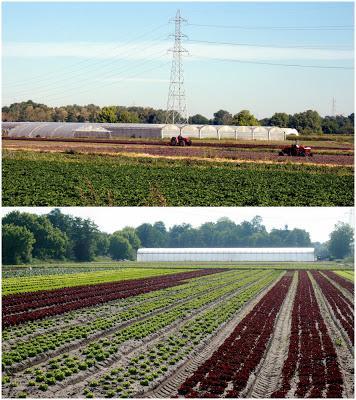
But how about the Eysines potato itself? Well, for the sake of research, I personally purchased a few samples from a roadside vegetable stall, and followed the recommended two-step recipe to get the most out of them: first cook the potatoes (either boiling water or steam will do) and then gently fry them in butter and oil. When peeling off the surpisingly thin skin, I was struck by how firm the potatoes were, and by how pale they were.
The boiling water stage didn't last long; after barely five minutes I sensed the firmness had gone and they were ready to be transferred to the frying pan, and seasoned with a pinch or two of salt and pepper. A few more minutes down the line and they were ready for consumption and, in all honesty, they were absolutely delicious and truly lived up to their reputation for tasting particularly sweet (all to do with the damp soil and jalles water) and refined – no wonder they were the de rigueur potato on board the luxury cruise liner Le France back in the day…
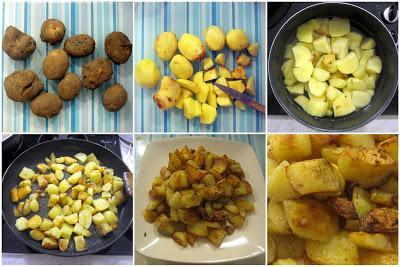
The Eysines potatoes being put to the test in the Invisible Bordeaux kitchen:
covered with soil before being peeled, then the two-step boil and fry sequence.
Consume and enjoy!
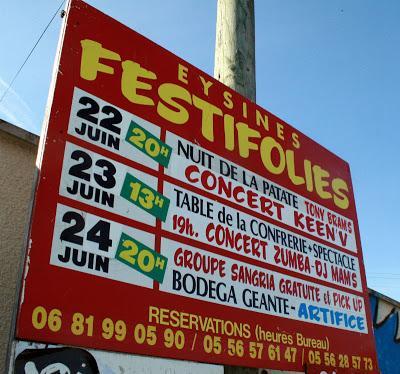
The municipality itself has also sought to promote and develop its vegetable-growing credentials in recent years by organising exhibitions and workshops for children and their parents, and by creating a farmer's hut and “jardin pédagogique” where locals can familiarise themselves with the joys of cultivating vegetables.
And, since 2005, the vast vegetable-growing area has provided the backdrop to a popular running race every spring, the “Raid des Maraîchers”. But no need to hold on until the next Raid takes place to visit the area which, along the banks of the Jalle d'Eysines and in amongst the fertile vegetable patches, provides a charming and idyllic setting for a gentle stroll, jog or bicycle ride, and all a mere ten kilometres from the geographical center of Bordeaux!
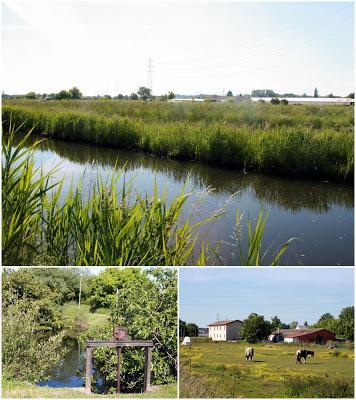
Some of the scenery to take in, including (bottom left) an example of the rudimentary lock systems used to regulate the flow of streams throughout the area.
- Find them: potato roundabout, Moulin Blanc and the Vallée des Jalles vegetable-growing area, Eysines.
